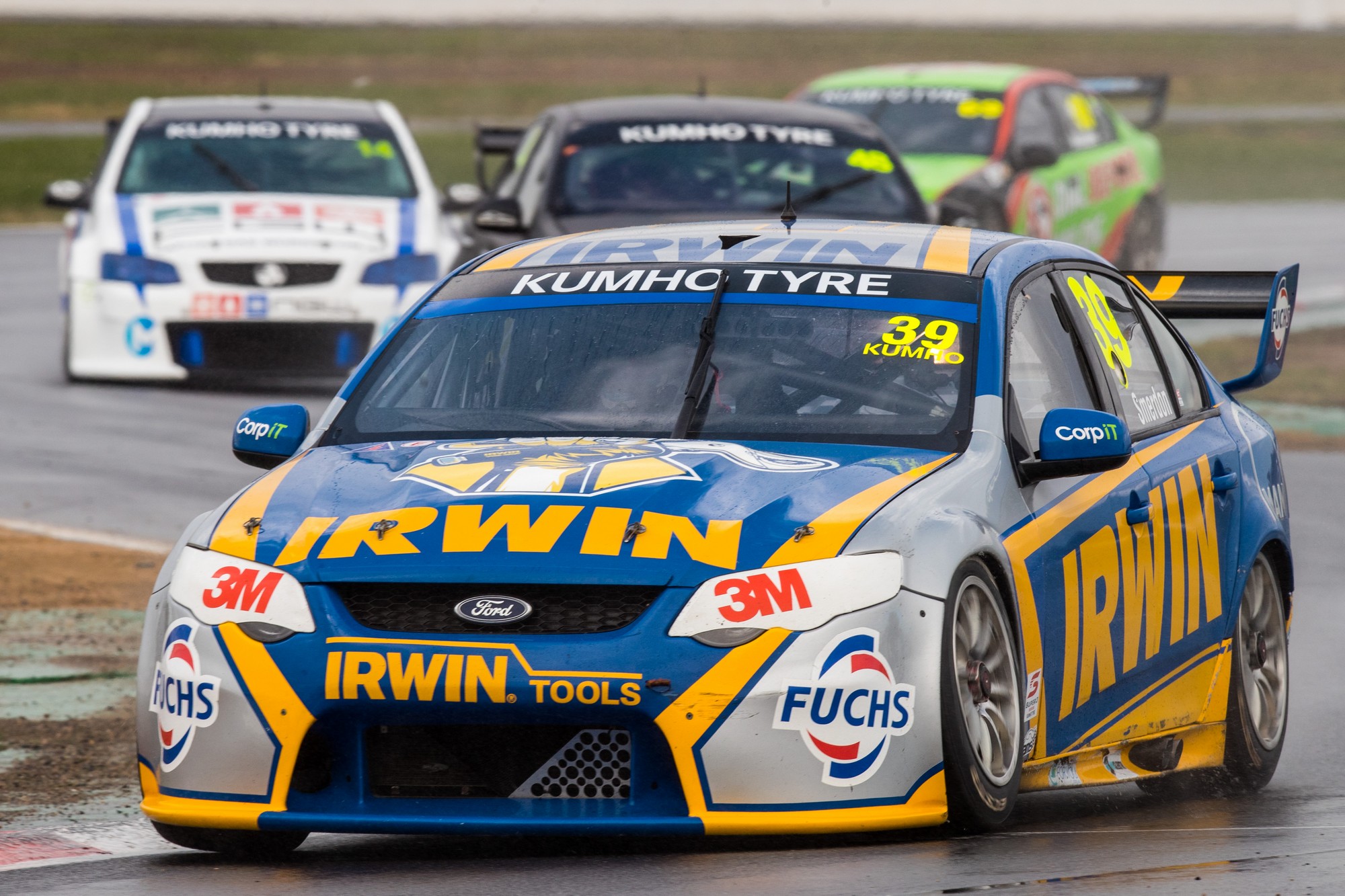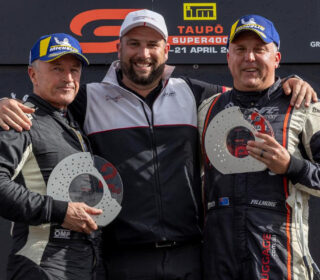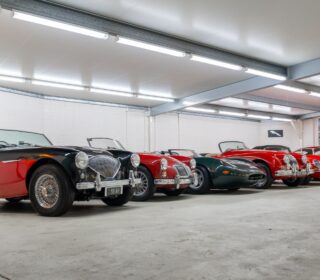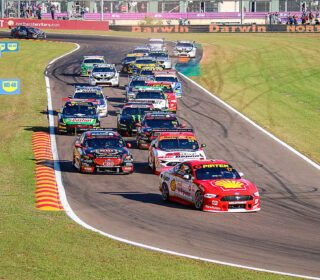‘SUPER SHOW’ SET FOR QR

ALL THREE tiers of Supercars competition will race together at Queensland Raceway this weekend in a remarkable nod to the categories history.
WORDS: Richard Craill IMAGE: Dirk Klynsmith / Super3 Series
QUEENSLAND RACEWAY’S Century Batteries SuperSprint event this weekend will not be the first time that the Kumho-backed series has joined Dunlop Super2 and the Virgin Australia Supercars Championship on the same schedule.
The three series each featured on the Phillip Island program in 2017, where a record 68 Supercars raced at the same event.
While this weekend’s event in the Sunshine State will see less cars – there will be 61 between all three series – it is the first time that it will have occurred following the off-season branding change for what was known as the V8 Touring Cars series.
The adoption of the ‘Super3 Series’ brand and the Supercars ‘S’ logo was a significant change for the category after years of being dubbed the ‘unofficial’ third tier of the category.
While the series operated with the blessing of the main game, it was never formally part of the ladder system to Super 2 and the big show.
However as the likes of Brad Jones Racing, Matt White, Image Racing and others began to field cars in the series it became harder and harder to ignore as a relevant place for young drivers to learn the craft of going Supercars racing.
Where better to learn how to do all the things you need to do in a Supercar.. than in a Supercar?
Teams could continue to use their existing machinery and spread the cost of cars over more years, while the second (or third) hand market grew larger.
A gradual increase of the number of Supercars-promoted rounds on the Kumho Series calendar, coupled with the support of people like Brad Jones, saw Supercars agree to add their brand and make the series’ position on the ladder a formal one. It just made all of the sense.
What is even more appealing is that the series’ has not lost the heritage aspect it has enjoyed in the past: despite the influx of professional teams and young talent, the structure of the category allows for privateer runners or enthusiastic racers to run older cars, heritage liveries and more.
While it is great for the Kumho Series to have ‘official’ recognition from the top, it’s also a nod to a set of regulations that has, for all intents and purposes, evolved since 1993.
The fact that 61 cars running under the same banner and broadly the same set of regulations is a rarity in the sport – anywhere in the world, let alone a small market like Australia.
Outside of GT3 and TCR Customer-based racing, and NASCAR in the ‘States, it is difficult to find a class that can field that many of their own cars on the same program.
While the sport is vastly different now compared to the fledgling days of the five-litre formula, a walk through the Super3 Paddock, to Super 2 and then to the main-game pits showcases the gradual evolution of the regulations throughout an 18-year period.
The oldest car competing this weekend will be Jono Beikoff’s AU Falcon, which received its first CAMS logbook in 2002 – before Supercars introduced Project Blueprint to solve parity issues between Holden and Ford in 2003.
Though not competing this weekend, the Kumho Series’ ‘Heritage Class’ has in the past had cars running from as far back as 1993 – while Andy Cantrell’s 1998 Glenn Seton Racing EL Falcon was a regular last year.
The Super3 series uses only pre-Car of the Future chassis, while Super2 has the later cars but not the current ZB Commodore or Ford Mustang seen in the main game.
Essentially, then, this weekend’s Queensland Raceway event will be a time warp through a series of significant Supercars evolutionary phases to where the sport is today.
It’s a nod to both the history of the sport and to the future and we doubt it will be the last time all three tiers of Supercar competition will be on the same program.














